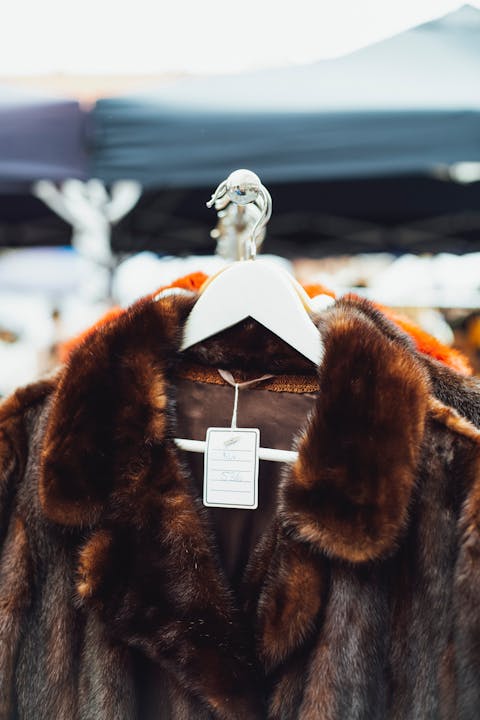How to Value Vintage Furs
Fur coats never seem to go out of style, and have the potential to bring in values of up to thousands of dollars or more.
fur coats on a rack
Many fashion lovers and collectors look to the secondhand market to acquire high quality fur coats that have proven to stand the test of time, and also as a way to enjoy the perks of animal products without directly contributing to the fur industry in an increasingly animal rights conscious world. Regardless, it is easy to see why used fur coats are so desirable amongst fashionistas, lovers of luxury, and vintage enthusiasts alike. Do you have a fur coat that has been collecting dust in your closet for decades and wish to sell it? Perhaps you would simply like to no more about your item? Find out how to do so here at Value My Stuff.
Identify your fur
The first step to take in seeking to acquire an estimated value for your vintage fur coat is to identify what specimen the fur comes from. This is crucial in order to even determine whether or not you will be able to sell your item, as garments made from the fur of endangered species cannot be legally sold in some countries even on the secondhand market. Furs that come from any bear, primate, or big cat species are illegal to sell, as well as seals from the Southern hemisphere. Otherwise it is important to identify the fur since those from certain species will be more valuable. The most expensive furs on the market are chinchilla, mink, and sable.

Condition
As with any collectors item, it is important to observe the condition of your garment. This can be a pivotal point in your journey to determine your coat’s worth, as a coat in good condition will be worth exponentially more than a damaged counterpart. Bad signs to look out for in your fur are bald spots, holes, stains, and torn lining. Fur also permanently absorbs smells so it is important to undertake a ‘sniff test’; if you can smell perfume, cedar, smoke, or mothballs it is likely permanent and also an indicator that the garment was not stored properly which will likely points towards other damage. Ideally furs should be stored in a furrier’s cold storage vault, as well as cleaned and conditioned every other year. At home it should be stored in a dark, cool closet with plenty of space so as not to flatten the fur and covered in a cotton dust sheet.
"While it is always safest to consult a professional appraiser for an opinion before making any changes to your item, linings can be replaced and tears can sewn or glued given the right circumstances, however not without a price."
If your coat has been somehow compromised in quality, do not entirely give up hope as some damage can be repaired. While it is always safest to consult a professional appraiser for an opinion before making any changes to your item, linings can be replaced and tears can sewn or glued given the right circumstances, however not without a price. Restoring a fur coat lining can cost upwards of $250, but it may be worth the investment if looking to resell the coat for the best price possible.
Seeking appraisal
When endeavouring to seek an accurate value for your vintage fur coat, it is absolutely essential to seek professional appraisal. Only a trained and experienced expert in the field will be able to eliminate as much chance for error as possible, as even the most thorough and painstaking amateur will be prone to misunderstanding and mistakes. An inspection by an appraiser will surely lead to the most accurate estimate of its current market value and set you up for success in determining the worth of your coat. Conveniently there are trained professionals in the field that can provide expert valuation and appraisal services so you can embark on your journey to value your vintage coat today!

